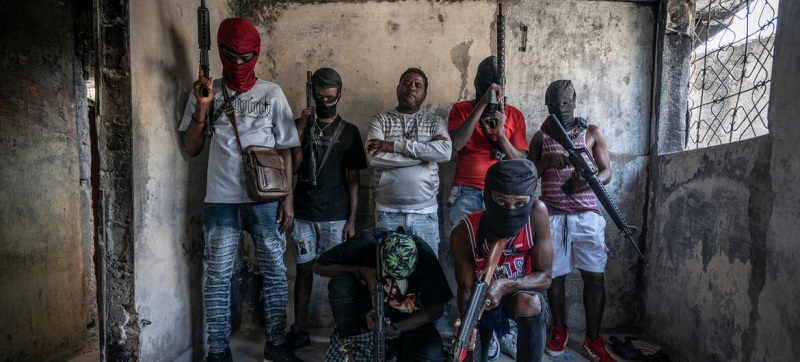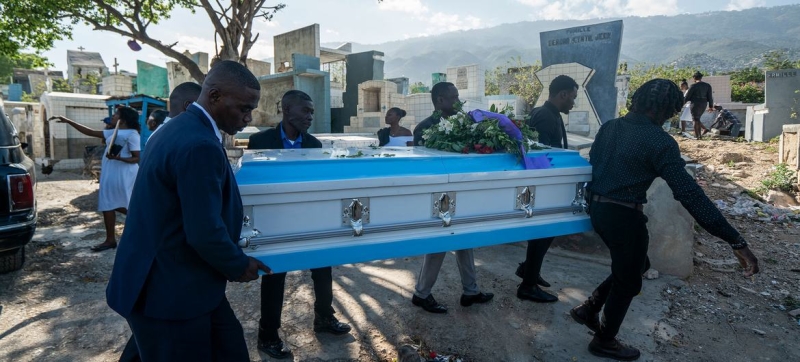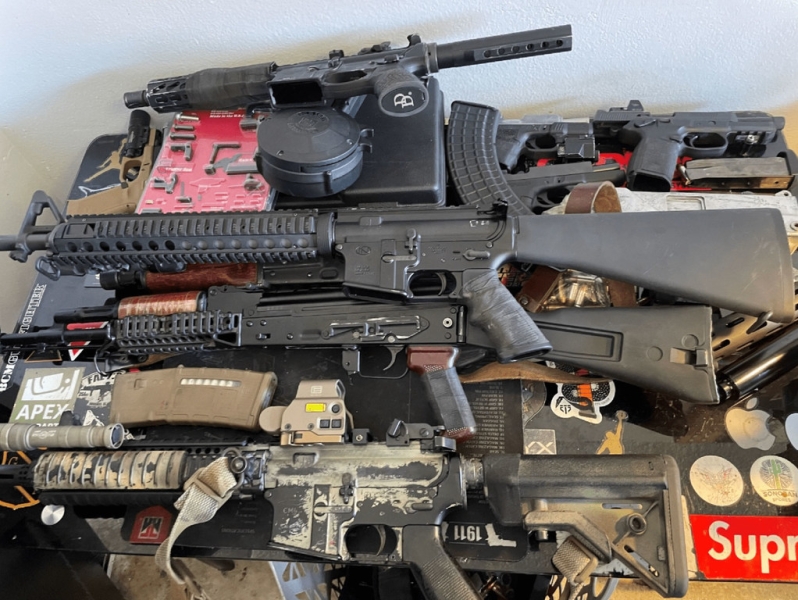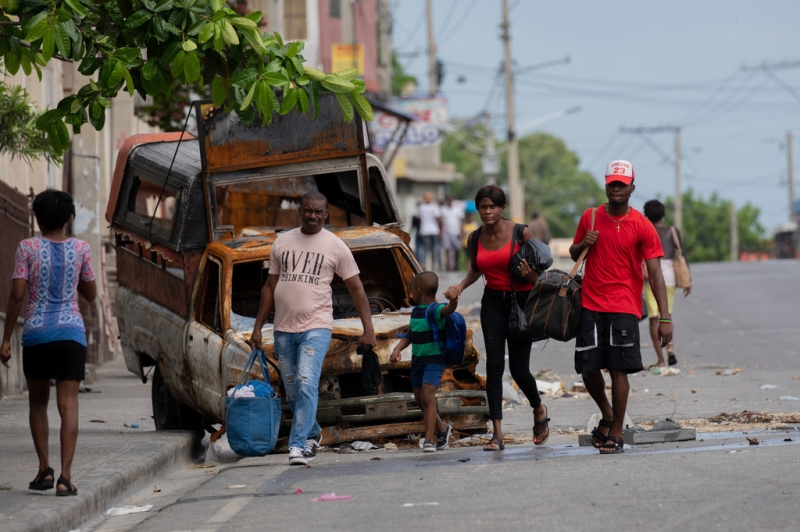
Gang members display their weapons in the Haitian capital, Port-au-Prince. WE EXPLAIN | Why, despite the embargo, half a million illegal guns are circulating in Haiti? Peace and Security
Despite a three-year UN embargo, there are an estimated 270,000 to 500,000 illegal weapons circulating in Haiti, ranging from pistols to military-style semi-automatic rifles. Much of this arsenal is in the hands of armed gangs terrorizing the capital of Port-au-Prince and its environs.
Haiti is currently in a state of grave security crisis. Rival criminal gangs are in a bloody battle for control of the capital, resorting to extortion, sexual violence, kidnapping for ransom and murder.
In 2022, UN member states agreed to an arms embargo on Haiti, so why didn’t it works?

Violence claims thousands of Haitian lives every year.
How many weapons are there in Haiti?
Haiti produces neither weapons nor ammunition. However, according to the Office of the UN High Commissioner for Human Rights, up to half a million illegal weapons are circulating in the country. Not only do gangs have it in abundance, but so do many vigilante groups that try to protect their neighborhoods from violence.
In a metropolitan region with a population of about 2.6 million people, the consequences of this state of affairs are catastrophic: more than 5,600 people died as a result of gang activity in 2024 alone. The UN documents mass killings, kidnappings, rape, destruction of property and blocking of access to basic services – especially in the fields of medicine and education.

Weapons seized by US law enforcement that were destined for Haiti.
What kind of weapons are used?
Precise data is not available, but growing evidence points to the use of modern lethal weapons.
In February 2025 in The Dominican Republic intercepted a shipment bound for Haiti from Miami. It included, among other things, a Barret M82 heavy semi-automatic rifle, sniper rifles, an Uzi submachine gun and more than 36 thousand rounds of ammunition.
What does the resolution say? UN?
An October 2022 UN Security Council resolution prohibits the supply of weapons and technical assistance to Haiti, as well as the training and financing of groups and individuals that threaten the peace and security of Haiti. Travel bans have also been introduced and financial assets frozen.
How groups are circumventing the embargo?
Major smuggling routes from the United States – especially from Miami and New York through Dominican Republic – fueled by weak controls and corruption. Some shipments can be intercepted, but smugglers have backup routes – weapons also come from Venezuela and other countries in South America.
Smuggling is often disguised as humanitarian or commercial cargo. In addition, bandits often end up with assault rifles registered to private security companies.

Local residents flee the Solino area of Port-au-Prince following increased gang attacks in May 2024.
What the UN is doing?
The United Nations Office on Drugs and Crime (UNODC) emphasizes that an integrated approach is needed at the national, regional and international levels. Haitian Customs and Border Protection lacks the necessary technology to inspect containers without a single large-format scanner.
Given that most shipments travel by sea, strengthening controls at ports and on the border with the Dominican Republic is critical. The UN helps coordinate regional efforts by providing technical support for weapons tracing, customs controls and financial investigations.
Since Haiti produces neither guns nor ammunition, cutting off the supply of ammunition could paralyze armed groups and stop terror against civilians. But that’s not all.
“The key to the effectiveness of the embargo is the fight against corruption and illicit financial flows,” UNODC emphasizes.
